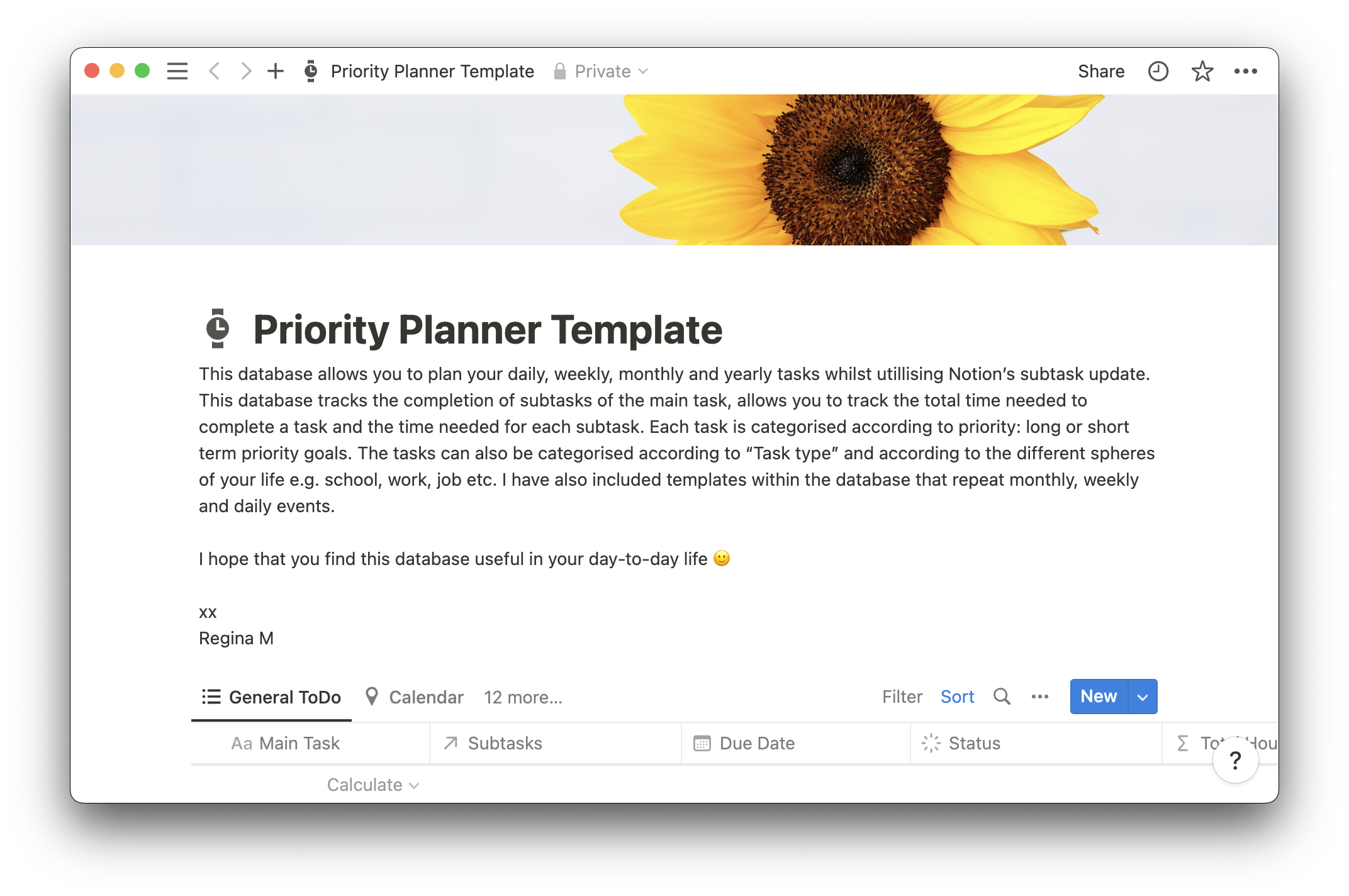Picture a warehouse with a colossal mountain of handwritten ledgers — every product, sale, and order meticulously noted by hand. A customer inquires about a product, and you sort through a pile of notebooks, deciphering what’s in stock based on messy pencil marks and eraser smudges. Navigating this manual maze is time-consuming and riddled with potential errors.
Although the days of juggling thick, handwritten notebooks are behind us, you might feel just as overwhelmed without organized inventory management techniques.
You should account for your stock from the moment you receive goods until you deliver a final product to your consumer. Learn how inventory management systems and technologies help businesses save time, optimize operations, and satisfy customers.
What’s inventory management?
Inventory management is a systematic approach to overseeing physical assets, usually focusing on improving operations and reducing costs. It lets you assess your stock at any time and understand where it sits on your supply chain.
But the best inventory management software does more than tell you where something is on your shelves. Solid stock management informs strategic business decisions, flagging the best times to place orders and revealing ways to fulfill sales requests efficiently.
Whether you need to build a system from scratch or fine-tune existing processes, the tools you select can redefine how you handle your inventory. Embracing the right inventory management software transforms mere tracking into actionable practices, bolstering smooth operations to help drive growth.
Why is inventory management important?
Inventory management is more than good logistics — it underpins your business's ability to provide for your customers and stay competitive. Here are four reasons to build a comprehensive system to manage inventory:
Optimizes resources — resources should always be actively in use. Efficient inventory practices help avoid budgets dedicated to overstocking, which can transform into dead stock, enabling you to channel capital into other growth opportunities. And a management system integrates work orders, blocking stock that’s under maintenance.
Informs better decisions — comprehensive inventory systems extract actionable data, including product performance metrics, storage costs, and supplier performance. These insights shape purchasing strategies and sales approaches, improving your bottom line.
Tracks diverse stock — manufacturers, retailers, and hybrid businesses can organize multiple stock categories. Whether you need to track raw materials or finished products, a solid management system neatly categorizes your stock, streamlining operations and optimizing inventory levels.
Improves customer satisfaction — consumers expect promptness, precision, and honesty. Meeting these expectations by ensuring timely delivery and consistent product availability boosts your reputation and customer loyalty, and proper inventory management can keep you organized and on track to succeed.
Common inventory management methods
There’s no one-size-fits-all approach to inventory management. Depending on your type of inventory, operational scale, and market, you should select a system that fits all your needs.
Here’s a breakdown of some popular management methods.
Just-in-Time management (JIT)
This method emphasizes reducing your stock by ordering inventory only when you need it for production or sales. When everything goes to plan, you keep storage costs low, produce less waste, and can easily pivot to new markets.
One drawback of JIT management is that without staying well ahead of your inventory, you might miss sales opportunities or frustrate customers. If you experience an unexpected sales spike, you may struggle to meet demand quickly enough, especially if there are supply chain delays.
Materials Requirement Planning (MRP)
MRP uses sales forecasting to build inventory planning strategies and purchases. For example, if sales consistently increase during the holidays, you can plan your orders with material suppliers in time to meet manufacturing needs. This method requires accurate sales forecasts and manufacturing estimates to organize acquisitions. Otherwise, you may be unable to fulfill orders or have leftover stock.
Economic Order Quantity (EOQ)
An EOQ model lets you calculate the ideal number of units for batch orders to reduce inventory overhead costs, like warehouse and setup costs. An EOQ system seeks a balance between inventory orders and consumer demand, preventing frequent purchases and excess or unused inventory.
Days Sales of Inventory (DSI)
A DSI calculation gauges the average number of days you take to turn inventory into a sale. It’s a valuable metric for understanding the liquidity and efficiency of inventory management. And DSI helps evaluate how long your current stock will last, facilitating more accurate sales and purchases. For businesses with seasonal demands, this method offers more precise inventory predictions.
ABC analysis
An ABC analysis helps you categorize inventory and identify your most and least valuable products. It’s based on the Pareto principle (or the 80/20 rule) and splits inventory into three categories based on your total revenue:
Category A — best-performing inventory items with the highest consumption value and customer demand.
Category B — moderately performing items that fluctuate between A and C.
Category C — low-value items that are high in quantity but low in consumption value.
You can determine your percentage split, but it’s ideal to prioritize your Category A items, ensuring they’re in stock according to consumer demand.
FIFO and LIFO
These methods establish value from two distinct perspectives. FIFO (first-in, first-out) prioritizes selling older inventory to keep your warehouse fresh, like perishable goods or products in rapidly evolving markets. In industries with high inventory turnover, LIFO (last-in, last-out) prioritizes newer stock that remains relevant or has a long shelf life.
From start to finish: The process of stock inventory management
An inventory management system breaks down a series of interconnected steps, ensuring you maintain a harmonious flow between the supply and demand of your product or service. Here’s a step-by-step outline of the process:
Receive stock deliveries — suppliers deliver goods to your site, like raw materials for manufacturers or finished products for retailers.
Inspect, sort, and store goods — perform quality checks to ensure stock deliveries meet quality standards and fulfill the purchase order. After approval, you sort and store them appropriately.
Monitor inventory levels — input new stock into inventory management software to update stock levels. You should regularly monitor inventory to determine stock quantities and new procurements.
Generate purchase orders — consumers place orders on your website, in-store, or directly from sales representatives.
Approve stock orders — sign off on orders and pass them to your supplier for fulfillment. You can also automate the approval process using a point of sale (POS) system.
Ship goods from stock — purchased goods are assigned an SKU number and shipped to the consumer.
Update inventory levels — inventory management software automatically updates inventory levels and shares information with relevant stakeholders.
Purchase or reorder stock to maintain inventory — checks and balances built into your inventory management system alert you to necessary restocking.
5 tips to optimize your inventory management process
An effective inventory management process isn’t about putting a system in place and letting it run its course. As business needs change, continuously refine the system for maximum efficiency and profitability.
To ensure your inventory is functional and optimized, consider these five strategies.
1. Use inventory control systems
A centralized inventory control system provides valuable real-time insights for the whole team, including product development, sales, and marketing departments. In addition to tracking stock levels, consider analyzing sales patterns, sales points, and consumer data. This information enables better decision-making, ensuring you use resources effectively, meet customer demands promptly, and uncover new sales opportunities.
2. Perform regular audits
Although a digital inventory system improves precision, it’s wise to check for accuracy periodically by performing manual counts for small stocks or backing up your system with barcode scanners and other ID systems. These audits ensure your physical stock aligns with digital records and reveal discrepancies and areas for system refinement.
3. Adopt JIT inventory principles
Integrating elements of a JIT method into your procurement strategy can help rein in costs by preventing overspending on goods you may not use. While you can stock up on items with complicated supply chains, use a JIT method for easier-to-purchase items that require less advance ordering. A mix-and-match policy helps you reduce holding costs and improve cash flow.
4. Set alerts for reorder points
Surprise stockouts of raw materials or ready-to-sell commodities can create severe bottlenecks for your business, leading to production halts, ticketing systems full of disgruntled customers, and lost profits. Setting alerts for reordering is your business’s safety net against these challenges.
5. Invest in technology
The right balance of tech tools provides automated precision. From accurate tracking to predictive analytics, proper tools give teams the support they need to keep operations running smoothly. Try Notion’s simplify inventory template to keep supply chain planners, warehouse staff, and inventory managers on the same page.
Build a warehouse of wisdom with Notion
Your stock is safer with ample inventory management techniques and technologies. Notion’s inventory management tool can track suppliers, products, and stock levels to help you stay organized. For smaller operations, the small business inventory tracker is an excellent tool for tracking stock visually.
Whether you’re looking to fine-tune your supply chain management, improve forecasting, or avoid unnecessary reorders, Notion has the tools to keep your operations running smoothly.






